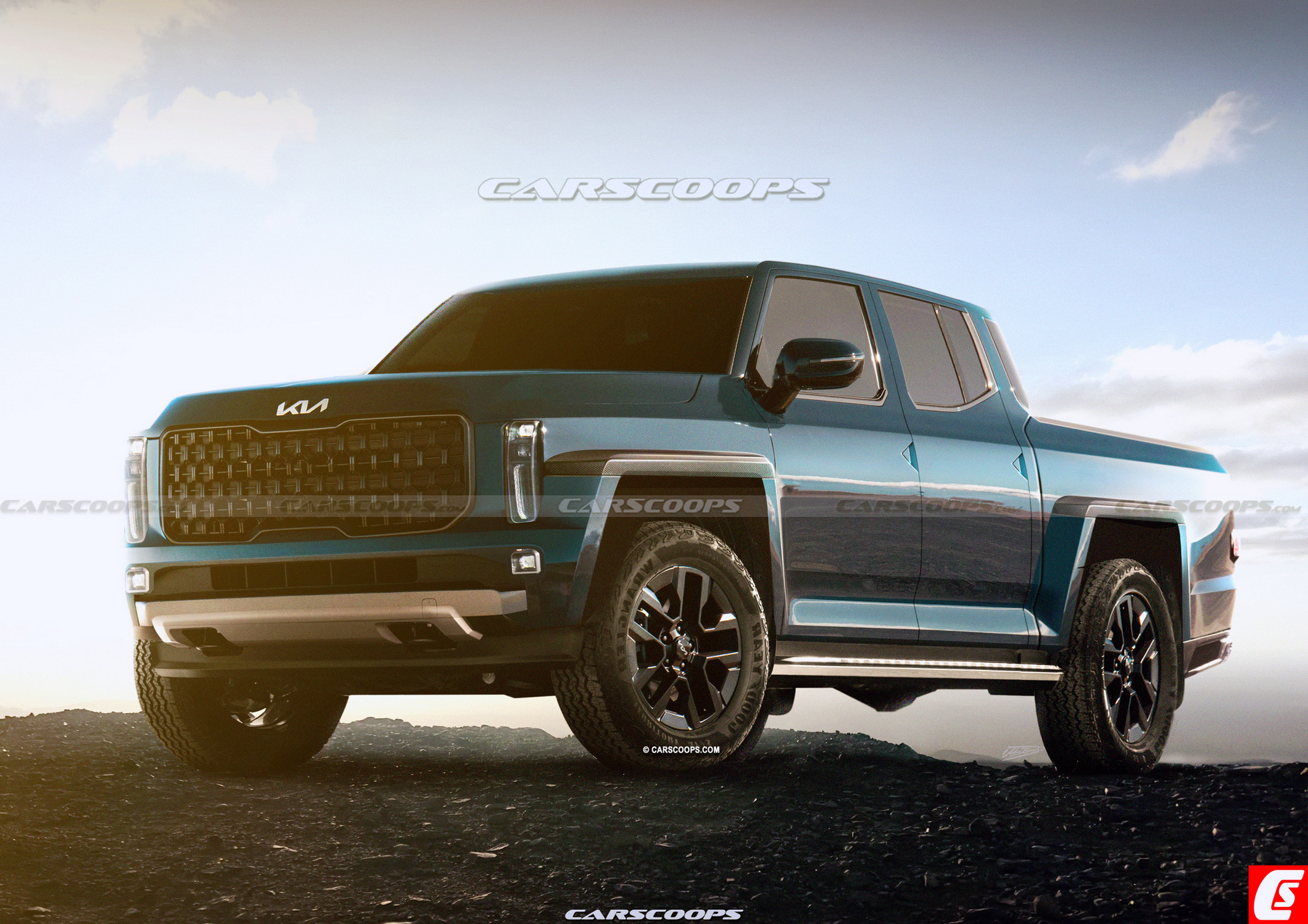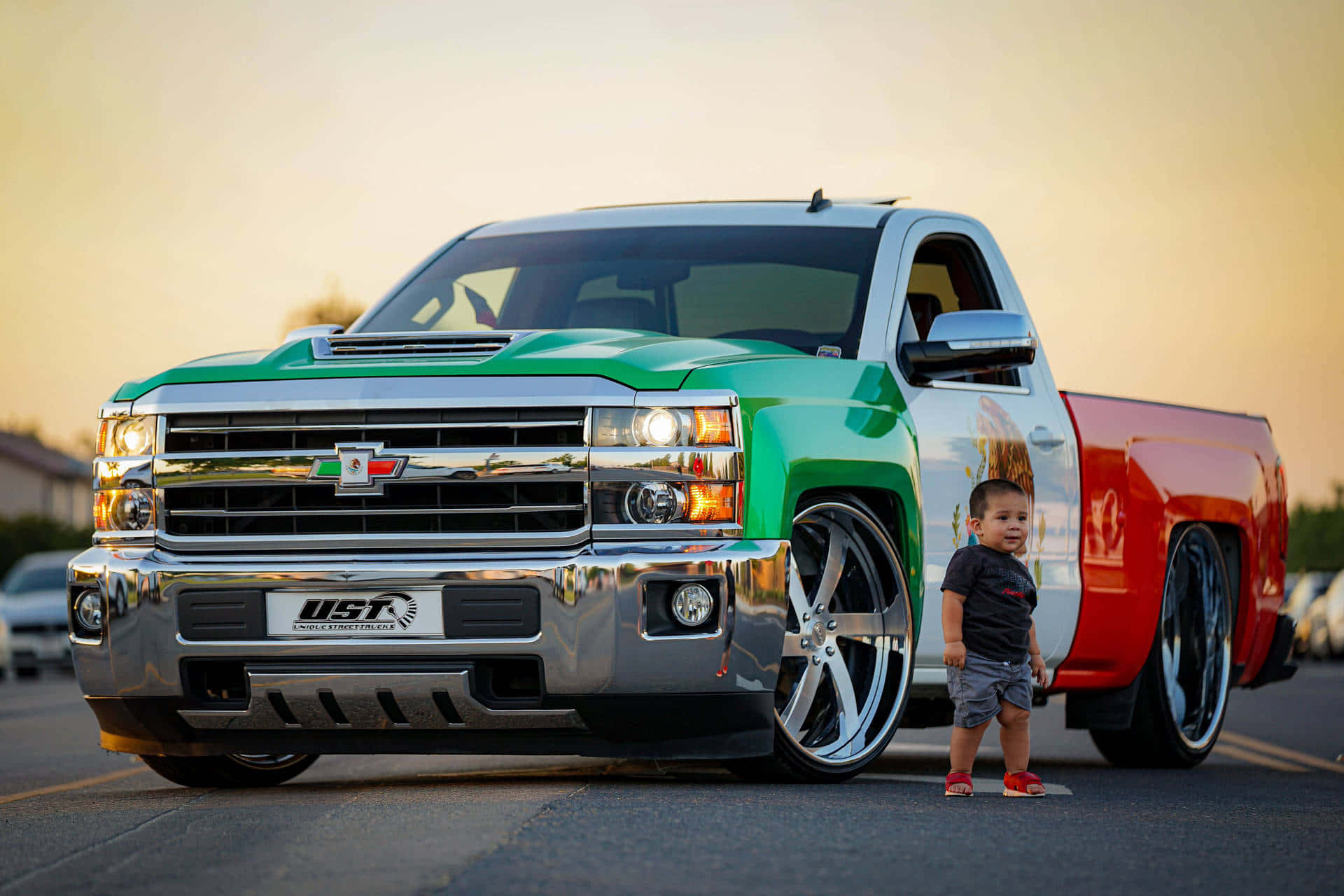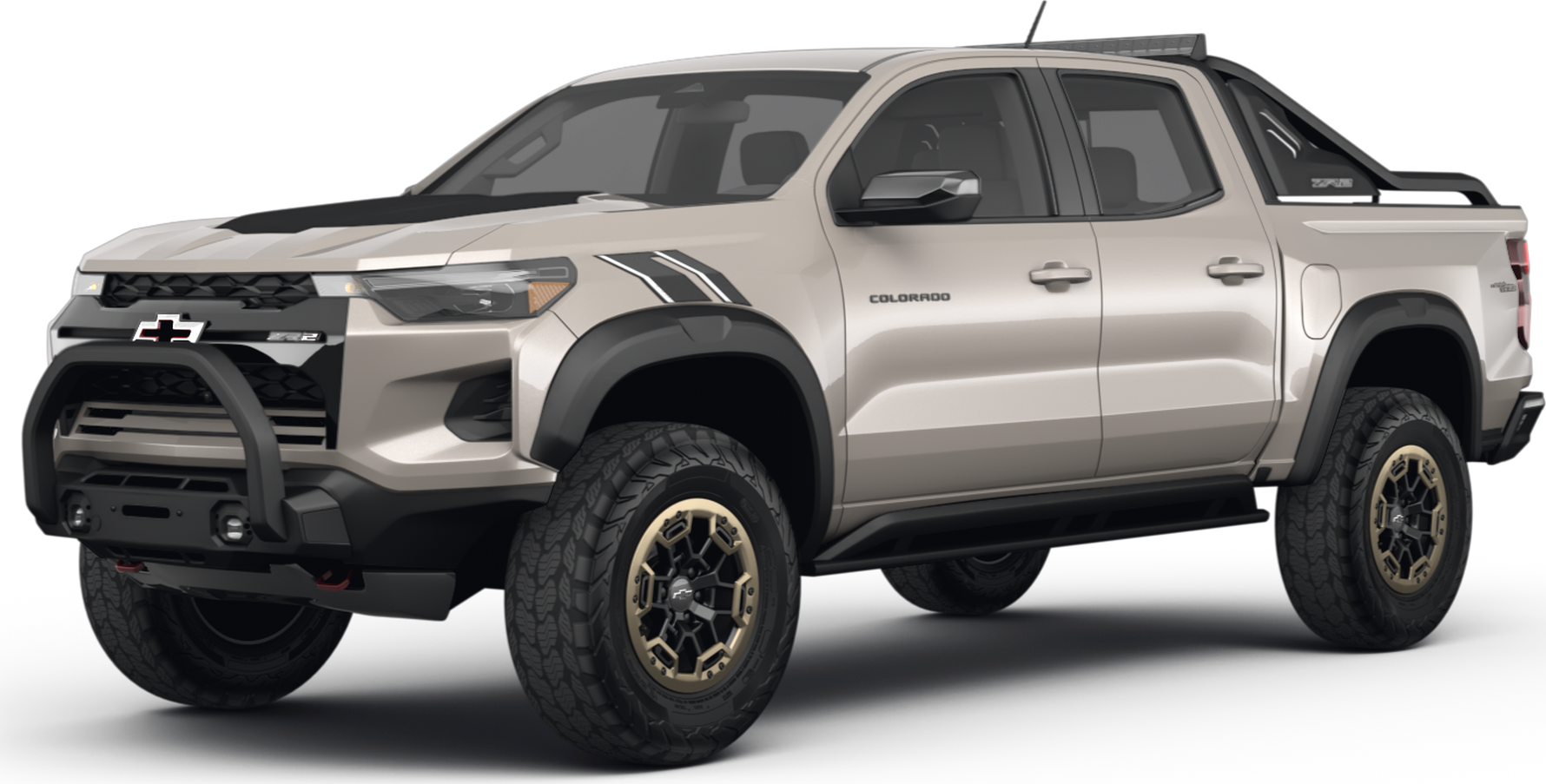Pickup Trucks For Sale Buy Here Pay Here: Your Comprehensive Guide pickup.truckstrend.com
In the vast landscape of vehicle financing, the term "Buy Here Pay Here" (BHPH) stands out as a unique and often misunderstood option. For individuals seeking a reliable workhorse like a pickup truck, especially when traditional lending avenues are closed due to credit challenges, BHPH dealerships can appear as a beacon of hope. This comprehensive guide will demystify the process of acquiring "Pickup Trucks For Sale Buy Here Pay Here," exploring its nuances, benefits, potential pitfalls, and offering actionable advice to ensure you make an informed decision.
Understanding Buy Here Pay Here (BHPH) Dealerships
Pickup Trucks For Sale Buy Here Pay Here: Your Comprehensive Guide
At its core, a Buy Here Pay Here dealership operates differently from traditional car lots. In a conventional sale, the dealership sells you the car, and a third-party lender (like a bank or credit union) finances the purchase. With BHPH, the dealership is the lender. This means they finance the vehicle directly, allowing them to make lending decisions based on factors beyond just your credit score, primarily your income and ability to make payments.
Who is BHPH for?
BHPH services are primarily designed for individuals who:
- Have poor credit scores (e.g., due to past bankruptcies, foreclosures, or missed payments).
- Have no credit history (first-time buyers, recent immigrants).
- Are self-employed or have unconventional income sources.
- Need quick approval and a vehicle immediately.

For those in need of a pickup truck – whether for work, hauling, or daily utility – but facing financial hurdles, BHPH can provide a viable path to ownership, offering a second chance or a first opportunity.
Why Choose a Pickup Truck via BHPH?
Pickup trucks are more than just vehicles; they are tools. From construction workers needing to transport materials to small business owners delivering goods, or even individuals who simply enjoy the versatility for weekend projects and outdoor adventures, the demand for trucks remains consistently high.
Choosing a pickup truck through a BHPH dealership often stems from a specific need coupled with credit limitations.

- Essential Work Vehicle: For many, a truck isn’t a luxury but a necessity for their livelihood. If a past financial misstep is preventing a business owner or tradesperson from getting a new or used truck, a BHPH option can keep their operations running.
- Hauling and Towing Capacity: Trucks offer unparalleled utility for moving large items, trailers, or equipment, which can be critical for various personal and professional tasks.
- Accessibility: BHPH dealers focus on your ability to pay rather than your credit history, making truck ownership attainable for a broader demographic.
- Building Credit (Potentially): While not all BHPH dealerships report to credit bureaus, many do. Consistently making on-time payments can be a crucial step in rebuilding or establishing a positive credit history, opening doors to better financial opportunities in the future.

The BHPH Pickup Truck Buying Process: A Step-by-Step Guide
Navigating the BHPH process requires diligence and a clear understanding of what to expect. Follow these steps to maximize your chances of a successful purchase.
Step 1: Research and Budgeting
Before you even step onto a lot, define your needs and financial limits.
- Determine Your Truck Needs: What size truck do you need (light-duty, heavy-duty)? What features are essential (bed size, towing capacity, 4×4)? What will its primary use be? This helps narrow down your search.
- Assess Affordability: This is crucial for BHPH. Beyond the monthly payment, consider the down payment you can afford and factor in potential maintenance, insurance, and fuel costs. BHPH loans often have weekly or bi-weekly payments, so ensure your income schedule aligns. Be realistic about what you can comfortably pay without stretching your budget thin.
Step 2: Finding a Reputable BHPH Dealership
Not all BHPH dealerships are created equal. Some operate ethically, while others may engage in predatory practices.
- Online Research and Reviews: Look for dealerships with positive customer reviews, particularly those mentioning transparency and good customer service.
- Local Reputation: Ask around your community. Word-of-mouth can be a powerful indicator of a dealer’s reliability.
- Transparency: A good dealership will be upfront about their terms, pricing, and vehicle condition.
Step 3: Application and Approval
The BHPH approval process is typically swift and less stringent on credit scores.
- Required Documents: You’ll generally need:
- Valid Driver’s License/ID
- Proof of Income (pay stubs, bank statements, tax returns for self-employed)
- Proof of Residence (utility bill, lease agreement)
- References (often personal or professional)
- Proof of Insurance (or willingness to purchase on-site)
- Income Over Credit: The dealership’s primary concern is your steady income, demonstrating your ability to make regular payments.
Step 4: Vehicle Selection and Inspection
BHPH inventory usually consists of older, higher-mileage used vehicles.
- Limited Choices: Don’t expect a vast selection of brand-new models. Be prepared to choose from what’s available.
- Thorough Test Drive: Drive the truck extensively. Check for strange noises, vibrations, proper braking, and smooth shifting. Test all features (AC, radio, lights, windows).
- Crucial: Independent Mechanic Inspection: This is perhaps the most important step. If the dealership allows, take the truck to a trusted, independent mechanic before signing any papers. They can identify underlying issues that might not be apparent during a test drive, saving you significant repair costs down the line. If the dealer refuses an inspection, consider it a major red flag.
- Vehicle History Report: Ask for a CarFax or AutoCheck report. This provides valuable information about past accidents, maintenance history, and title issues.
Step 5: Understanding the Loan Agreement
This is where you need to be meticulous. BHPH loans often come with higher interest rates and specific terms.
- Interest Rates (APR): Expect higher Annual Percentage Rates (APR) compared to traditional loans. These can range from 15% to 30% or even higher. Understand how this impacts the total cost of the truck.
- Payment Schedule: Most BHPH loans require weekly or bi-weekly payments, aligning with paychecks. Ensure this fits your financial rhythm.
- Total Cost vs. Monthly Payment: Focus on the total amount you will pay over the life of the loan, not just the attractive weekly payment. High interest rates can significantly inflate the overall price.
- Late Fees and Repossession Clauses: Understand the penalties for late payments and the conditions under which the vehicle can be repossessed. BHPH dealerships are typically very strict about payment schedules.
- Additional Costs: Be aware of any added fees, such as administrative charges, GPS tracking devices (often installed to aid repossession), or optional add-ons like GAP insurance or extended warranties. While some might be beneficial, ensure you understand what you’re paying for.
- Read Every Line: Do not rush. Ask questions about anything you don’t understand. If something seems unclear, request clarification.
Important Considerations and Potential Challenges
While BHPH offers accessibility, it comes with specific challenges you must be prepared for.
- High Interest Rates: This is the most significant drawback. Due to the higher risk associated with lending to individuals with poor credit, BHPH interest rates are substantially higher than conventional loans. This means you’ll pay significantly more for the truck over the loan term.
- Limited Vehicle Selection: As mentioned, the inventory is usually older, higher-mileage used trucks. You might not find the exact make, model, or features you desire.
- No Credit Reporting (Sometimes): A critical question to ask is whether the dealership reports your payments to major credit bureaus. If they don’t, even perfect payment history won’t help you build credit, defeating one potential benefit.
- Risk of Predatory Practices: Unfortunately, some unscrupulous BHPH dealers exist. Watch out for extremely high pressure sales tactics, refusal to allow independent inspections, vague contract terms, or adding unnecessary fees.
- Maintenance Costs: Older, higher-mileage trucks are more prone to mechanical issues. Budget for potential repairs, as an unexpected breakdown could jeopardize your ability to make payments and even lead to repossession.
- Strict Repossession Policies: Given the direct lending model, BHPH dealerships often have very strict policies regarding missed payments. A few missed payments can quickly lead to repossession, and you risk losing your down payment and all previous payments.
Tips for a Successful BHPH Pickup Truck Purchase
To navigate the BHPH landscape effectively, keep these tips in mind:
- Save a Substantial Down Payment: A larger down payment reduces the loan amount, lowers your payments, and signals to the dealer that you’re a serious buyer, potentially giving you more leverage.
- Know Your Budget Inside and Out: Factor in all costs – down payment, weekly/bi-weekly payments, insurance, fuel, and a contingency for repairs.
- Inspect the Truck Thoroughly (Independent Mechanic!): This cannot be stressed enough. A pre-purchase inspection can save you thousands in future repairs.
- Understand the Full Terms of the Loan: Don’t just focus on the payment. Know the total cost, interest rate, fees, and what happens if you miss a payment.
- Make Payments On Time, Every Time: This is paramount. Consistent on-time payments are crucial to avoid repossession and, if the dealer reports to credit bureaus, to improve your credit score.
- Ask About Credit Reporting: Explicitly ask if they report to Equifax, Experian, and TransUnion. Get it in writing if possible.
- Don’t Be Afraid to Walk Away: If a deal feels wrong, the terms are unfavorable, or the dealer is not transparent, be prepared to walk away and find another option.
Hypothetical Pickup Truck Price Guide: Buy Here Pay Here
Please note: The prices below are hypothetical examples and can vary wildly based on the truck’s year, make, model, mileage, condition, the dealership’s policies, your income, and the prevailing market conditions. This table is for illustrative purposes only to show the structure of BHPH deals.
| Truck Type / Example Model | Estimated Down Payment | Weekly Payment (approx.) | Bi-Weekly Payment (approx.) | Loan Term (Months) | Estimated APR | Estimated Total Paid (excl. fees) | Notes |
|---|---|---|---|---|---|---|---|
| Compact/Mid-Size Truck | |||||||
| e.g., Older Ford Ranger, Chevy Colorado (2010-2015) | $1,500 – $3,000 | $75 – $100 | $150 – $200 | 36 – 48 | 20% – 25% | $12,000 – $18,000 | Good for light hauling, personal use. |
| Light-Duty Full-Size Truck | |||||||
| e.g., Older Ford F-150, Chevy Silverado 1500 (2008-2014) | $2,500 – $4,500 | $100 – $150 | $200 – $300 | 48 – 60 | 22% – 28% | $20,000 – $30,000 | Versatile for work & personal. Higher mileage common. |
| Heavy-Duty Full-Size Truck | |||||||
| e.g., Older Ram 2500, GMC Sierra 2500 (2007-2013) | $4,000 – $6,000+ | $150 – $200 | $300 – $400 | 48 – 60 | 25% – 30%+ | $30,000 – $45,000+ | For heavy towing/hauling. Expect higher maintenance. |
Disclaimer: These figures are purely illustrative. Actual prices and terms will vary significantly based on individual circumstances, vehicle condition, and dealer policies. Always obtain a written quote and understand all terms before committing.
Frequently Asked Questions (FAQ) about BHPH Pickup Trucks
Q1: Can I get approved for a pickup truck with bad credit at a BHPH dealership?
A1: Yes, that is the primary purpose of BHPH dealerships. They focus on your current income and ability to make payments rather than your past credit history.
Q2: Do BHPH dealerships report payments to credit bureaus?
A2: Some do, and some don’t. It’s crucial to ask the dealership directly if they report to Equifax, Experian, and TransUnion. If building credit is a goal, choose a dealership that reports.
Q3: What kind of pickup trucks are typically available at BHPH lots?
A3: Generally, you’ll find used pickup trucks that are older models with higher mileage. The selection can be limited compared to traditional dealerships.
Q4: What is the typical down payment for a BHPH pickup truck?
A4: Down payments vary widely but typically range from $1,000 to $5,000 or more, depending on the truck’s value and your financial situation. A larger down payment can reduce your loan amount and payments.
Q5: Are the interest rates high for BHPH loans?
A5: Yes, interest rates (APR) for BHPH loans are significantly higher than traditional auto loans, often ranging from 15% to over 30%, due to the increased risk for the lender.
Q6: What documents do I need to apply for a BHPH truck loan?
A6: You’ll typically need a valid driver’s license, proof of income (pay stubs, bank statements), proof of residence (utility bill), and personal references.
Q7: Can I pay off my BHPH loan early?
A7: Most BHPH contracts allow early payoff. However, always check the loan agreement for any prepayment penalties or specific terms regarding early repayment.
Q8: What happens if I miss a payment on my BHPH truck?
A8: BHPH dealerships have strict payment policies. Missing payments can result in late fees, a negative impact on your credit (if they report), and ultimately, lead to the repossession of the vehicle.
Conclusion
Acquiring a pickup truck through a Buy Here Pay Here dealership can be a pragmatic solution for individuals facing credit challenges who have an immediate need for a reliable vehicle. While it offers accessibility and a potential pathway to credit repair, it’s not without its caveats. The higher interest rates, limited vehicle selection, and strict payment terms demand meticulous research, careful budgeting, and a thorough understanding of the loan agreement.
By approaching the process with diligence, asking the right questions, and prioritizing an independent vehicle inspection, you can navigate the "Pickup Trucks For Sale Buy Here Pay Here" landscape successfully. Remember, a BHPH loan can be a stepping stone towards better financial standing, provided you make your payments consistently and use the opportunity to rebuild your credit for future, more favorable financing options.
